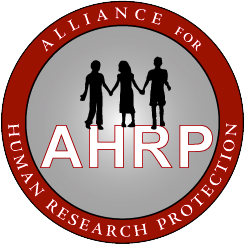Definition of Torture: Prosecution of War Criminals; International Conventions
After the atrocities of the two world wars in the 20th century, most nations condemned torture and made it illegal. A recently released archive of the United Nations War Crimes Commission, created in 1943 to classify and identify Axis war crimes and to assist in the prosecution of war criminals, lists numerous examples of U.S. charges against Japanese soldiers and prison guards with war crimes for waterboarding (referred to as the “water cure” or “water treatment.” (Excerpts at: Mother Jones, Dec. 17, 2014) Moreover, waterboarding also resulted in at least one court martial against U.S. soldiers during the Vietnam War.
In his article in the Columbia Journal of Transnational Law (2007), Judge Evan Wallach traces the use of the technique throughout history; including its use by the Japanese against Allied prisoners of war in World War II, by the United States during its occupation of the Philippines, and in one instance, by a sheriff in Texas. Judge Wallach noted that:
“In all cases, whether the water treatment was applied by Americans or to Americans, or simply reviewed by American courts, it has uniformly been rejected as illegal, often with severely punitive results for the perpetrators.”
“The ‘water torture’ or ‘water boarding’ technique has long been prized as an interrogation method because it imposes ‘severe mental trauma and physical pain but no traces of physical trauma that would be discoverable without an autopsy.’”
(Wallach. “Drop by Drop: Forgetting the History of Water Torture in U.S. Courts,” Columbia Journal of Transnational Law (2007) quoted by Katherine Darmer. Waterboarding And The Legacy Of The Bybee-Yoo “Torture And Power” Memorandum Chapman Law Review, 2009)
International Conventions Prohibiting Torture: 1949; 1984
Several international agreements outlawed torture and cruel, inhuman, and degrading treatment. Two of the most important international agreements were (1) the Geneva Conventions (1949) and (2) the Torture Convention (1984) (the Convention Against Torture and other Cruel, Inhuman or Degrading Treatment or Punishment). Article 1 defines torture as “any act by which severe pain or suffering, whether physical or mental, is intentionally inflicted on a person . . . .” Common Article 3 prohibits “protected persons from being subjected to violence, outrages upon personal dignity, torture, and cruel, humiliating, or degrading treatment.” These Torture Conventions, which the United States signed and ratified, prohibit using any form of physical or mental torture on prisoners of war (POWs).
